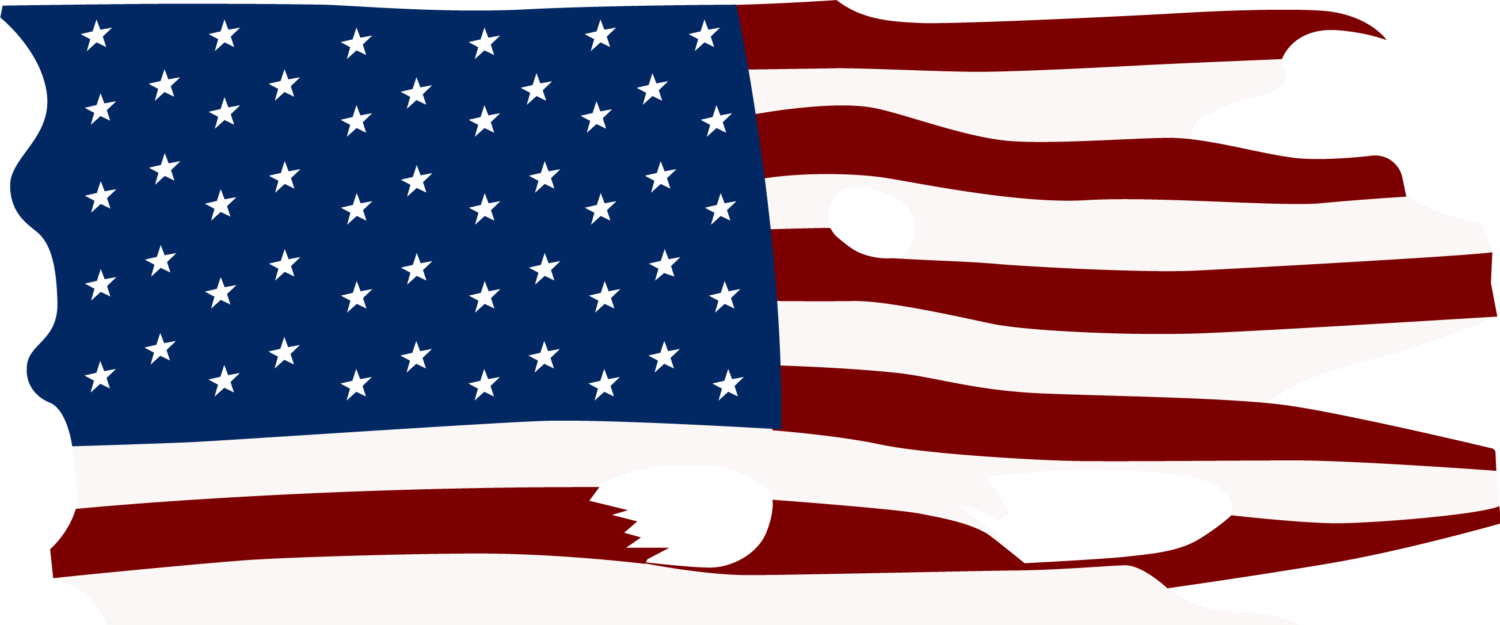 The American life insurance system was established in the mid-1700s, according to a 2009 article in Yale Journal of Medicine and Law.
The American life insurance system was established in the mid-1700s, according to a 2009 article in Yale Journal of Medicine and Law.
“The earliest forms of health insurance, however, did not emerge until 1850, when the Franklin Health Assurance Company of Massachusetts began providing accident insurance, to cover injuries related to railroad and steamboat travel.”
“From this, sickness insurance covering all kinds of illnesses and injuries soon evolved, but the first modern health insurance plans were not formed until 1930.”
“Why was medical insurance established so late in American history? One main reason was the poor quality of health care, which deterred people from using hospitals.”
“Until the early twentieth century, medical technology was not very advanced, and hospitals were regarded as unreliable institutions.”
“Sick people often stayed at home to heal, and medical expenditures were quite low. In fact, sickness insurance offered at the time was not even meant to cover medical bills – rather, it was designed to compensate for the sick person’s inability to work and earn money.”
“In the first few decades of the twentieth century, health care underwent a major transformation.”
“The late 1800s and early 1900s were full of medical advances, from the identification of infectious agents to the development of antitoxins, vaccines, and new medical technologies such as X-ray radiography and blood pressure meters.”
“The abundance of innovation transformed the public image of medicine, and people began to place more trust in medical institutions.”
Source: Yale Journal of Medicine and Law
